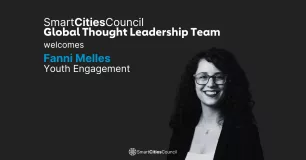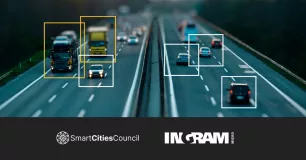
As cities across Europe from Paris to London are starting to announce car bans in an effort to tackle urban pollution, electric vehicles are stepping into the spotlight as a smart solution. But this is only one solution in terms of sustainability. Towns such as Birmingham are investing in more progressive projects like sustainable railways, while Hamburg and Lisbon are working with the World Business Council For Sustainable Development (WBCSD) (whose network includes 200 companies from BP to French electric company EDF) to develop sustainable transportation solutions like integrating cycling and public transport, as well as drafting dynamic traffic management plans.
As part of a larger project to assist 50 cities and local governments around Europe with their sustainable mobility goals, the WBCSD is starting small and developing integrated mobility solutions that can be applied globally, using six pilot cities as living labs. Let’s see how this network is driving sustainable development beyond e-vehicles in cities across Europe.— Philippe Leonard
Solutions for smart transport
By 2030, 5 billion people (approximately 60 percent of the global population), are predicted to live in cities. With this growth in urban development comes the challenge of combatting the increasing amount of greenhouse gas emissions and air pollution. In a recent BBC article, Dr. Penny Woods, chief executive of the British Lung Foundation, blames traffic emissions (particularly those from diesel) as “the main culprit” in terms of urban pollution. For the UK government, cars may serve as the key to improving air quality. But this is just one piece to the ever-growing puzzle. In order to reach sustainability goals, governments have to take all facets of city life and services into consideration. This is where collaboration between private companies (hailing from different sectors), local governments and citizens come into play.
Birmingham, England is one example of a city heading in that direction. With the help of WBCSD companies like Toshiba, UPS, Engie and Schneider Electric, the city is developing a Zero Emission City project at the Smithfield site, incorporating a “sustainability blueprint” and planning infrastructure investments like the HS2 rail project.
Hamburg and Lisbon are also serving as two pilot cities in WBCSD’s project, working with “fact-based, data-driven sustainable urban mobility plans” that take citizens’ needs directly into consideration. For example, solutions in Lisbon include park and ride schemes and the introduction of a mobility management office, while in Hamburg, the city is focusing on off-peak delivery systems, smart parking, dynamic traffic management and green arteries.
By considering collaborations and partnerships, whether they are private-public or multi-stakeholder, cities have a better chance of creating more innovative solutions to achieve a wider range of sustainability goals.



